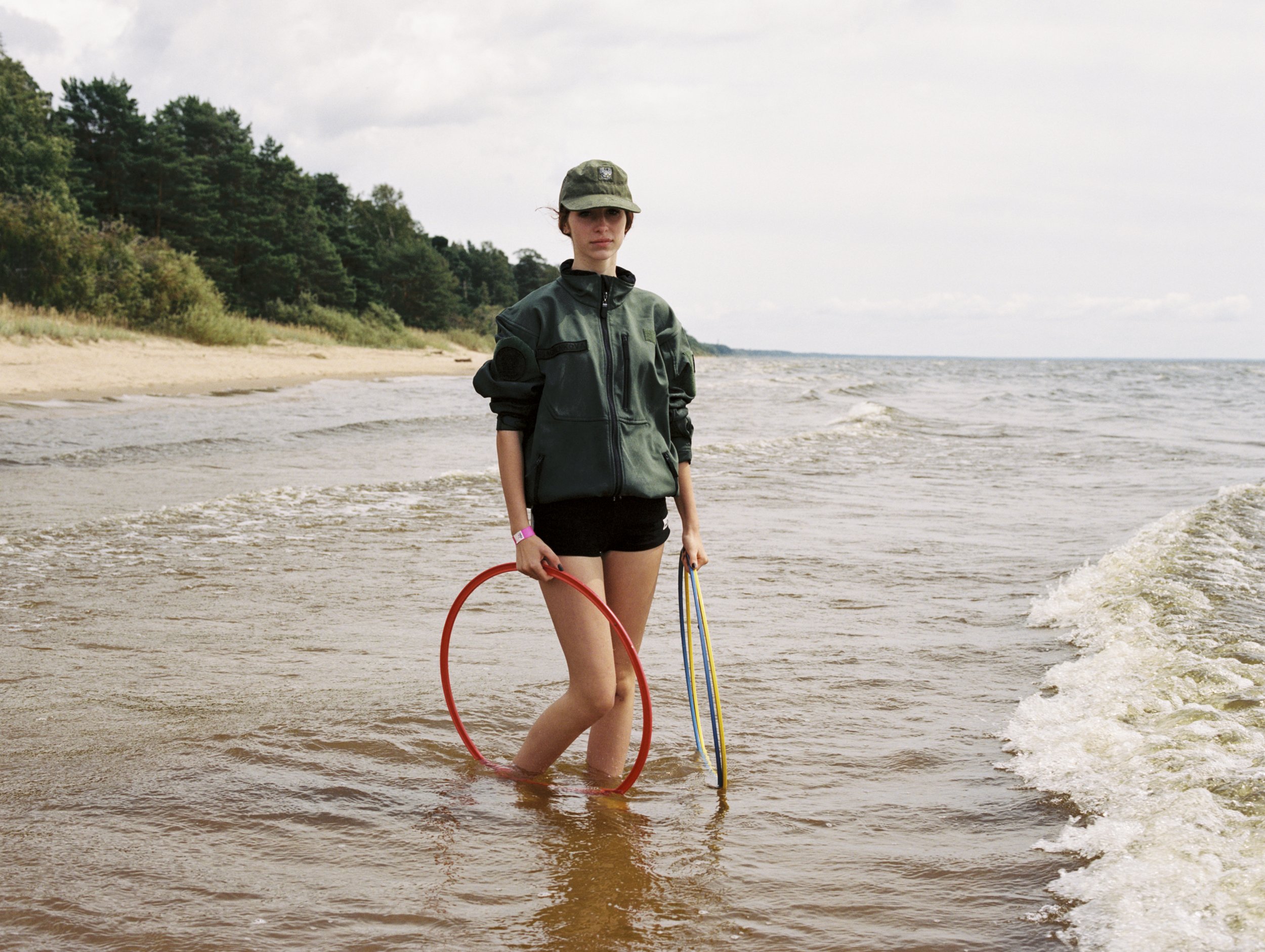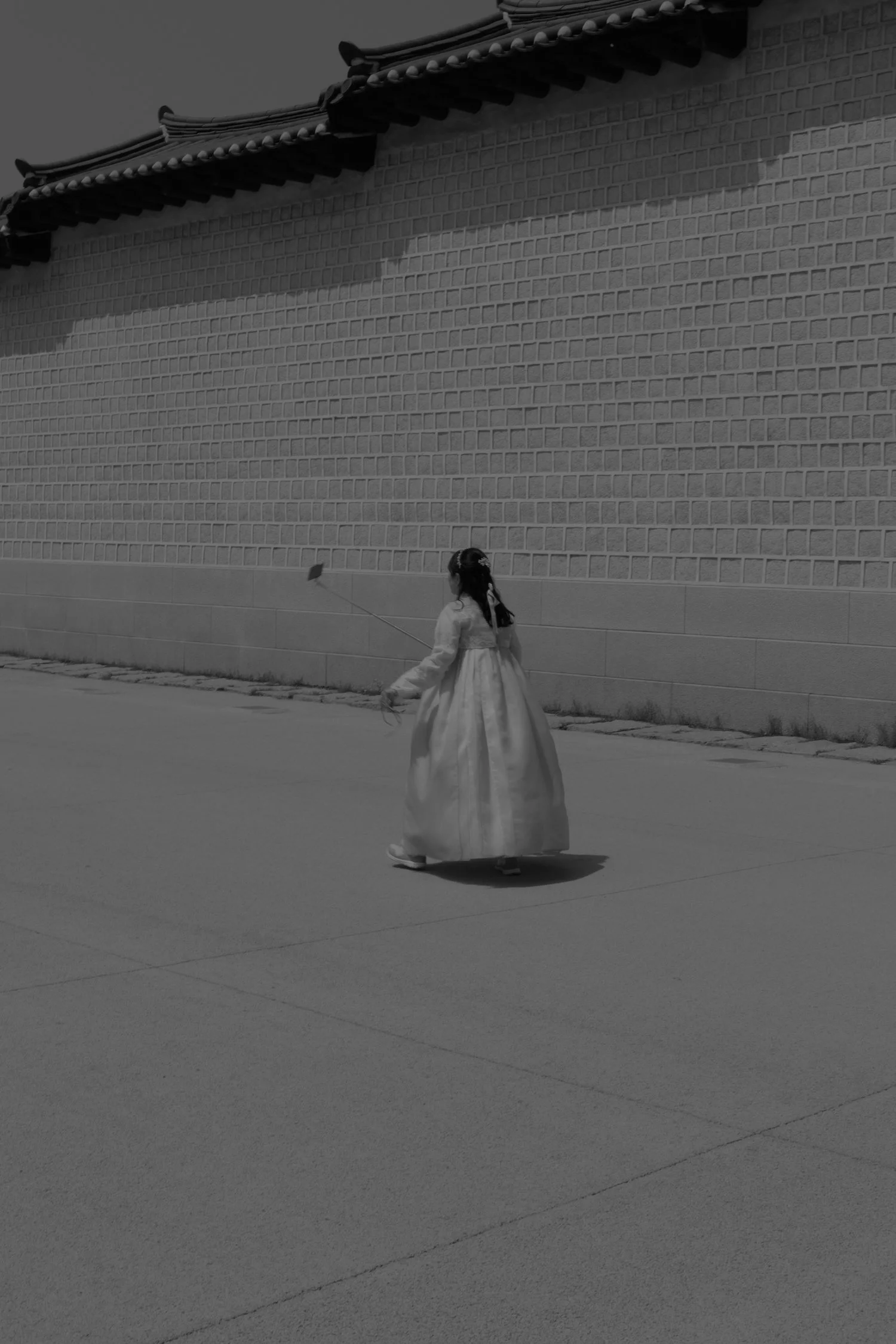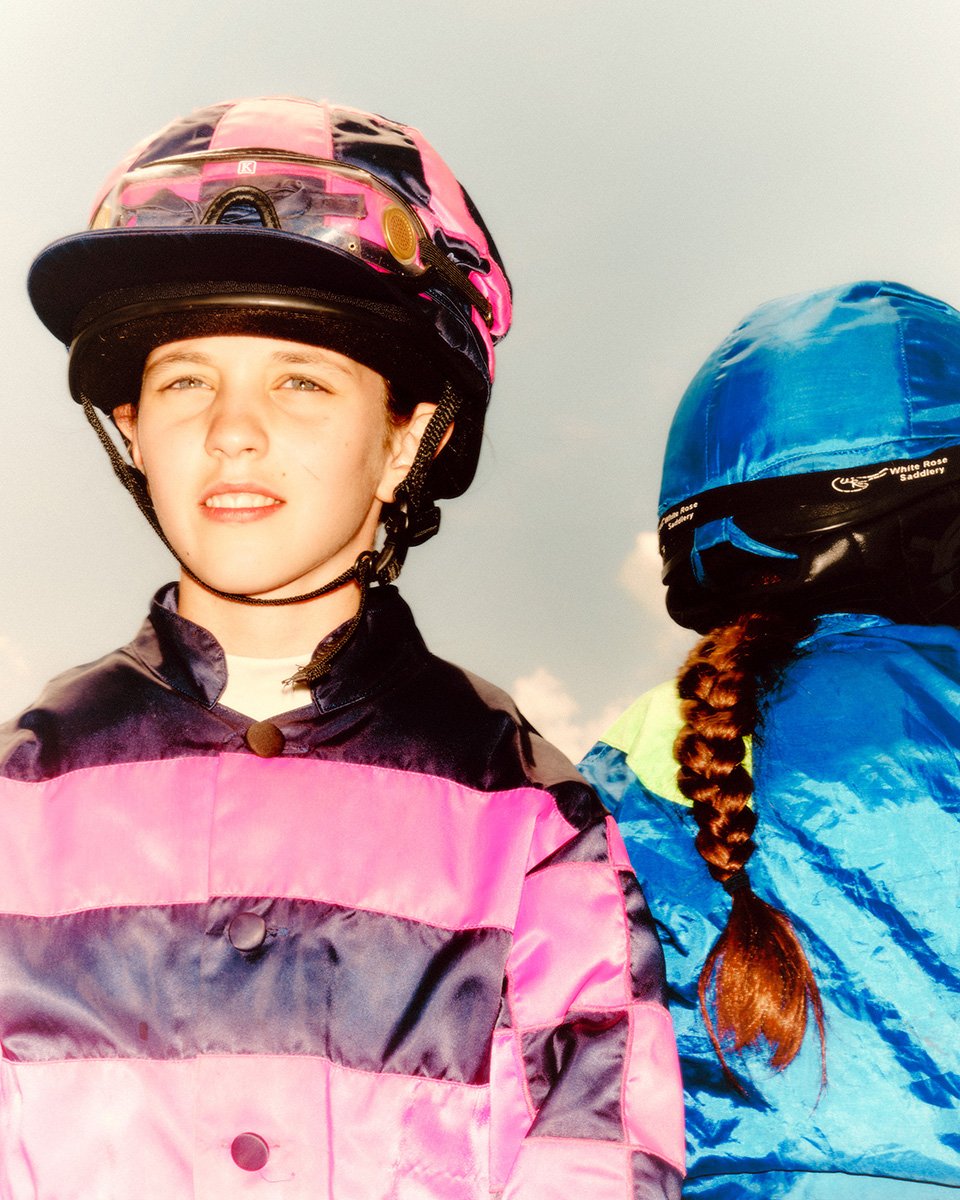Scooter LaForge: Life Is Art; Art Is Life
Originally from Las Cruces, New Mexico, Scooter LaForge is one of New York City’s most mysterious characters. A friendly, approachable painter with an easygoing style, he constantly code-switches, weaving his fascination with words and everyday details into conversations that are often about conversation itself. His painting works on the same principle. The brushstrokes are the point—frozen movement that reveals moving targets of “meaning.” In his Gesamtkunstwerk apartment, the artist answers some of our questions.
Interview Jorge Clar Photography Christian TrippeJC: Good day! How are you?
SL: Good day; I am well, thank you kindly! And yourself?
JC: I am well, thank you kindly. Are you going to the studio today?
SL: Yes, I am going there shortly.
JC: How wonderful. What was I going to say… Is it important for you to have a separate space for painting?
SL: Yes. For me, it’s important to have a sense of discipline. But a discipline that comes easy. I don’t really think about it. Essentially, I wake up, and I feel the need to paint. The studio provides a framework. I paint practically every day of my life. I have a cup of coffee with half and half, eat oatmeal, and then I’m off to the studio.
JC: And your apartment is all covered with murals…
SL: Well, in 2020, I stayed mostly in my apartment for about three weeks, and I was looking for something to do. One day, tidying up, I found a wooden box full of paints that was put away under the sink. The paints were dried up, but I brought them back to life and got to work. I had already painted a portrait of Dave Gahan, the lead singer of Depeche Mode, wearing a crown, as he appears in the Enjoy the Silence video. I started riffing from there…painting characters and environments. I remember how I painted a candle and a teacup next to a 1940s table. When I took a picture of the vignette, the table and the wall became one.
JC: How do the news and social media affect your decisions in the studio?
SL: I like listening to the radio. Sometimes I listen to 1010 WINS-AM in the morning. I have certain radios I like to use. I love pocket transistor radios; my dad gave me a General Electric Superadio that picks up distant signals. It’s a wall of sound for me. I don’t really listen to the news. Nowadays, information surrounds us everywhere, and topics sometimes flow into the work. Lately I’ve been reading books on stoicism that ended up informing what I do—giving me a certain freedom, a spontaneity…
"My energy goes into painting, and it attracts people. There are no coincidences."
JC: Do you plan your canvases very much?
SL: No, I sometimes have a theme—more like a point of departure—in mind. I dip the brush into the paint and let it move. Lines turn into faces, or trees, or birds; I anchor the composition, and off I go. Automatically. My Sculpture show at Theodore gallery came out of the blue, after having worked on large-scale paintings for a few months. I collect things from the street: old shirts, scraps, so-called trash, small objects, and they become something else. I suppose it is all infused by a Calder-like spirit…invention with the available. Finding a sense of balance, going against it, and then starting over. Some people say I “attack” the canvas with the esprit of a graffiti writer.
JC: How do you define “career” as a fine artist?
SL: Hm, I don’t consider the idea of “career” very much. Painting is what I do. I know there is free will, and I have chosen to do this. It keeps me concentrated on developing something, on creating. I enjoy meeting people and seeing what they do; every person is in their own world. My energy goes into painting, and it attracts people. There are no coincidences. When I’m satisfied with a particular work, a door opens for it to be shown. The idea of “networking” is about being in the moment and having a connection… Talking about anything: the weather, the color of socks. Observing the way a person talks and moves provides much information. I’m like an antenna.
"Lately I’ve been reading books on stoicism that ended up informing what I do..."
JC: How else would you describe yourself?
SL: I would call myself a tube, a conduit. The ego hovers as an interface through which I interact with “reality,” that grand illusion. People talk about the coming prevalence of virtual reality, but I think technology—faced with people’s awakening—falls into a balance. Reality is always virtual, in a way. Getting back to the notion of the conduit: from a void beyond the ego, information comes forth. This information gets translated through the paint. It is an often intangible language. I sometimes feel like my “heroes” move my body… I am, therefore, in love with the Old Masters; my work evokes certain aspects of them. Being a painter is a profession and a mission. As a professional, I might sometimes talk in terms of “as we like to say in the industry, this is a triptych, etc.” But the mission is always a mystery.
"Essentially, I wake up, and I feel the need to paint."
JC: So if the line between art and life is indivisible, and you embrace art in all of its expressions, would you say you are always performing?
SL: Well, it’s kind of inevitable, and it’s also a good thing…all of us are performing constantly. What’s different is the level of awareness, but ultimately we are all the same.
"I’m like an antenna."
JC: What else do you think your painting is doing?
SL: It is alchemizing. Things are transforming before your very eyes. The painting holds space and transforms space. It honors aspects of life, holds them, and then lets them go.
Scooter LaForge Sculpture is up at Theodore gallery, Tribeca, New York City, until 18th June. Ethan Minsker’s latest documentary, Scooter LaForge: A Life of Art, is in post-production.
Follow Scooter on Instagram for his latest work and updates.







































